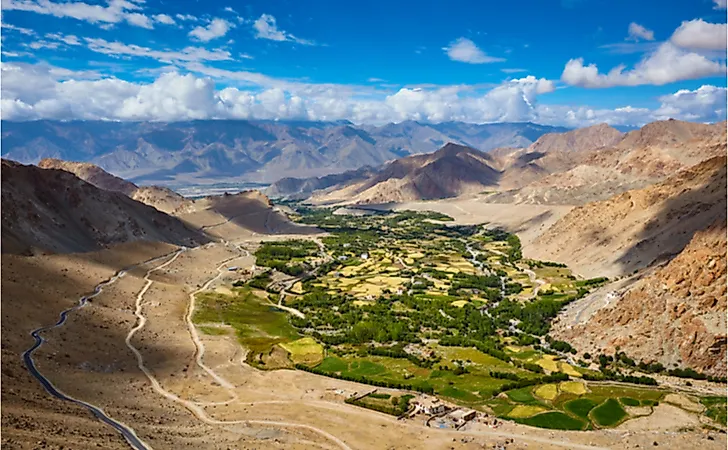Mehrgarh: Birthplace Of The Indus Valley Civilization

Mehrgarh is one of the world’s Neolithic sites that is situated in present-day Pakistan. It is on the western side of the Indus Valley, near Bolan Pass and between the cities of Sibi, Kalat, and Quetta. An archaeological team led by Catherine Jarrige and Jean-Francois Jarrige discovered the site in 1974. The earliest settlement in the region was a small village that dated between 7000BCE and 5500BCE. It is one of the earliest South Asian settlement sites with evidence of herding and farming. The area was influenced by the Near-Eastern Neolithic.
Periods Of Occupation In Mehrgarh
Mehrgarh was excavated continuously from 1974 to 1986 and from 1997 to 2000. The archeologists discovered at least 32,000 artifacts at this site. According to their study, human settlement in Mehrgarh can be divided into six distinct periods.
Mehrgarh Period I
The first period which lasted between 7000 BCE and 5500 BCE was aceramic and Neolithic with no use of pottery. The earliest form of farming was established by the semi-nomadic community in the region using animals like cattle, goats, and sheep and plants like barley and wheat. The settlement during this period included some simple mud houses that had about 4 internal subdivisions. Numerous burial sites dating to this period had various goods including pendants, bangles, beads, bone, stone tools, and baskets, and occasionally an animal sacrifice. Some ornaments of sandstone, lapis-lazuli, turquoise, limestone and seashells have been discovered together with simple figurines of animals and women. The archeologists found that the individuals from the Indus Valley civilization also knew about proto-dentistry from the earlier Harappan eras.
Mehrgarh Periods II And III
Mehrgarh Period III (4800 BCE-3500 BCE) and Mehrgarh period II (5500 BCE-40 BCE) were ceramic Neolithic eras, and people from these periods used pottery, before transforming to chalcolithic. Evidence of manufacturing activities has been discovered, and people were using advanced techniques. The terracotta figurines from these periods were more detailed, and people started producing glazed faience-beads. The figurines of women had diverse ornaments and hairstyles, plus they were decorated using paint. Evidence of long-distance trading during period II has been discovered. These periods are contemporaneous with the expansion of settlements, especially the ones at the western edge of South Asia and also establishment of other settlements including Srai Kala, Tarakai, and Sheri Khan among others.
Other Periods
The Mehrgarh periods IV, V, and VI lasted between 3500 BCE and 3000 BCE. Mehrgarh was primarily abandoned during period VIII when people migrated to other cities like Nausharo. Michael Wood believes that the Mehrgarh Period VII took place in 2500 BCE. The final period was discovered in Sibri cemetery, approximately 4.97miles from Mehrgarh.
Technology And Lifestyle
The earliest residents of the region stored their grains in granaries, lived in mud-bricked structures, and built their tools using the local copper ore. They planted dates, jujubes, emmer, einkorn wheat, and barley. They also herded cattle, sheep, and goats. The residents who occupied the region from 5500 BCE to 2600 BCE put a lot of effort on crafts like metalwork, beadwork, tanning, and flint knapping. Evidence suggests that pottery must have started during the Mehrgarh Period II and it became more abundant during period III when they introduced potter’s wheels.











